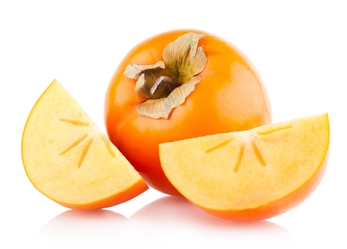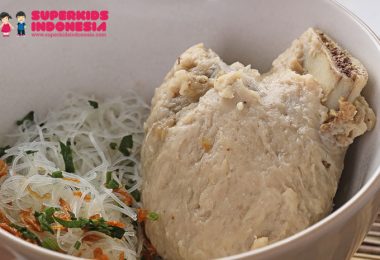Kesemek aka Shi aka Persimmon
Hendra Eka stood curious before a stack of orange round fruit in the fruit section of a modern market in Surabaya, “Kesemek,” the fourth grade student of St Carolus Elementary School read the label on the lower part of the basket. “They are Javanese apples,” said her mom from his back. Javanese apple? Hendra’s curiosity just escalated.
Sure, that’s a nick name given by the locals of Java. Kesemek (Diospyros kaki) was not originated from Java or even Indonesia. It’s first discovered in China, before it spread to Japan and expanded in Asia, Europe, Australia, Middle East, America and Mediterranean Countries. Despite the low price and adaptability that allowed the fruit to grow in just any places, kesemek was less popular in comparison to other fruits. That’s why Hendra was not familiar with the fruit.
Back where it came from, the Chinese called it shi. In Europe and other countries, it’s called persimmon or sharon fruit. In Indonesia we give it the name kesemek or foot fruit. The fruit found a quite important role in Mandarin and Japanese cultures, which increasing the selling value in the respective areas. It contains tannin-kaki, believed to heal hypertension and used to preserved handicrafts. One kesemek can wash away thirst, strengthen lung and spleen.
The ripe kesemek will appear reddish orange with soft seen through peel. The orange spreads evenly on the peel. In Indonesia, the half ripe kesemek will be powdered with lime water for three days. It’s an ancient trick to remove the bitter. However, people in China and Japan just pick and bite them right from the tree, no lime water needed. To add more taste, kesemek can be use to make ice cream, jam, gelatin or dry fruit.
Care to taste?
HAFIDA INDRAWATI
PHOTOS: PHOTOS


 Indonesia
Indonesia















